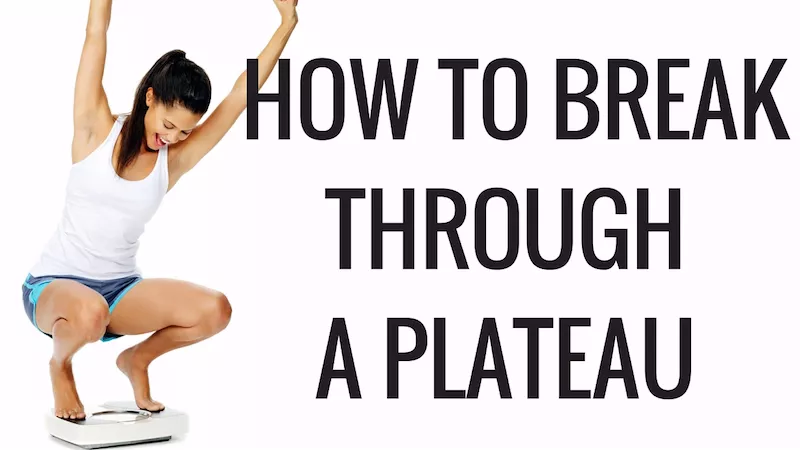In the past, cholesterol has been portrayed as a negative and it was something we were always to avoid too much of. However, we now know that this is false information, and that our body needs it to function properly. Additionally, we can see problems in our body when our cholesterol levels are too low.
Cholesterol is made in your liver, but is found in all of your cells throughout your body and has many critical functions including: hormone production, vitamin D production, digestions, nervous system function, intestinal wall maintenance and immune system function. So, cholesterol is no longer a nutrient concern for over consumption and foods such as eggs and shrimp are no longer off limits. Instead, we should be more cautious of over-consuming sugar, refined carbs and fats, as those increase inflammation and HDL large cells, which are more harmful to the body. So, in order to manage your cholesterol and inflammation, diet and lifestyle changes should come first. Eating a diet that is high in fat, plants, nuts and seeds is the best type of diet to maintain good health.










